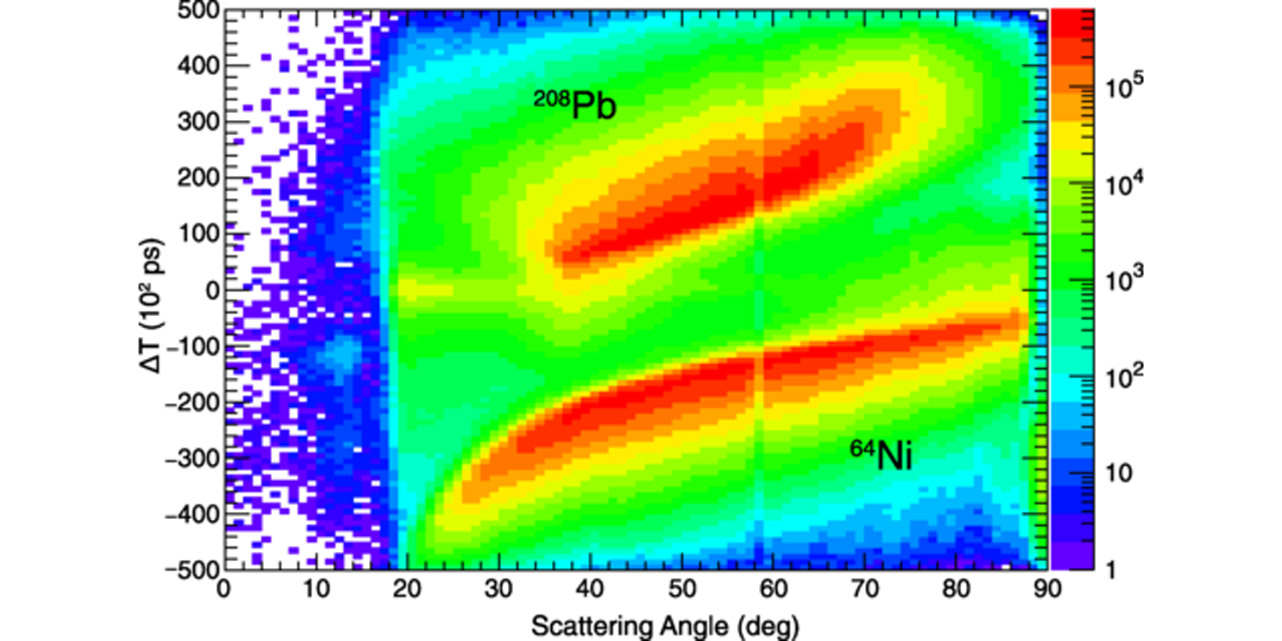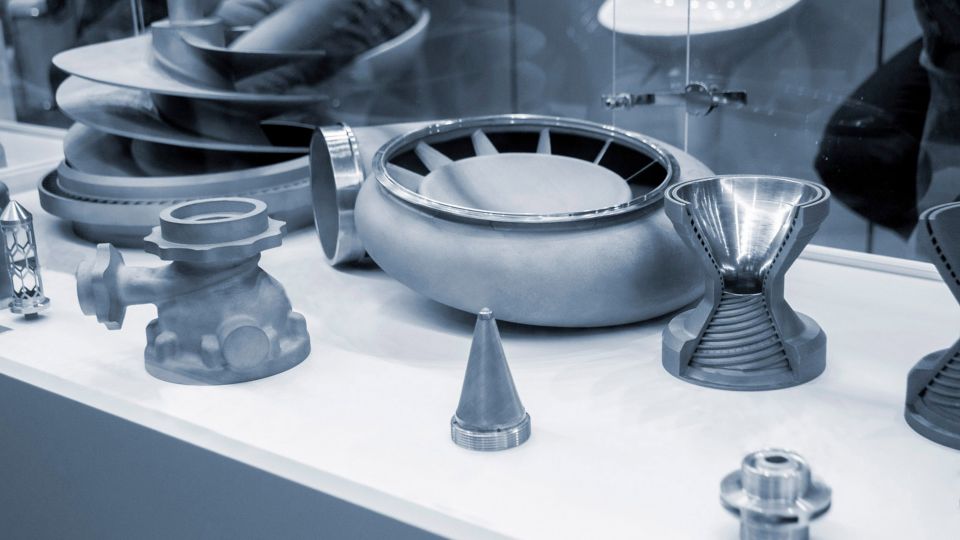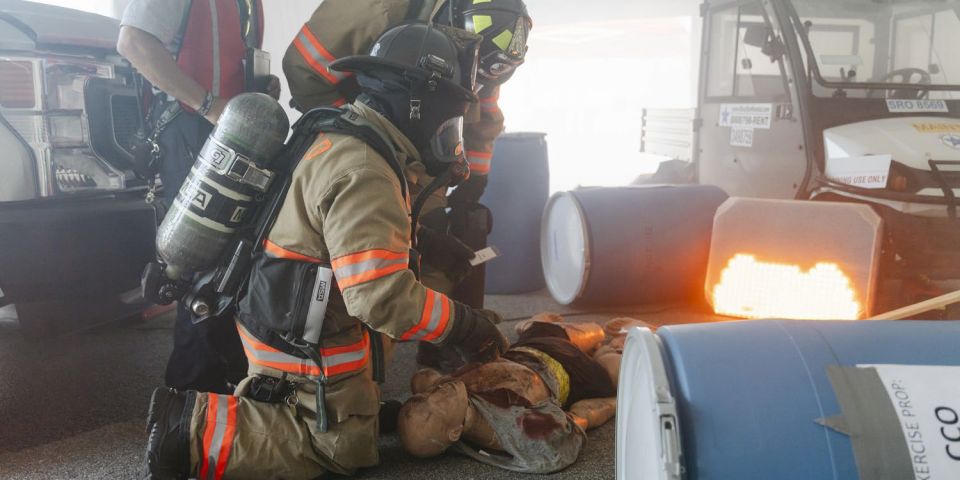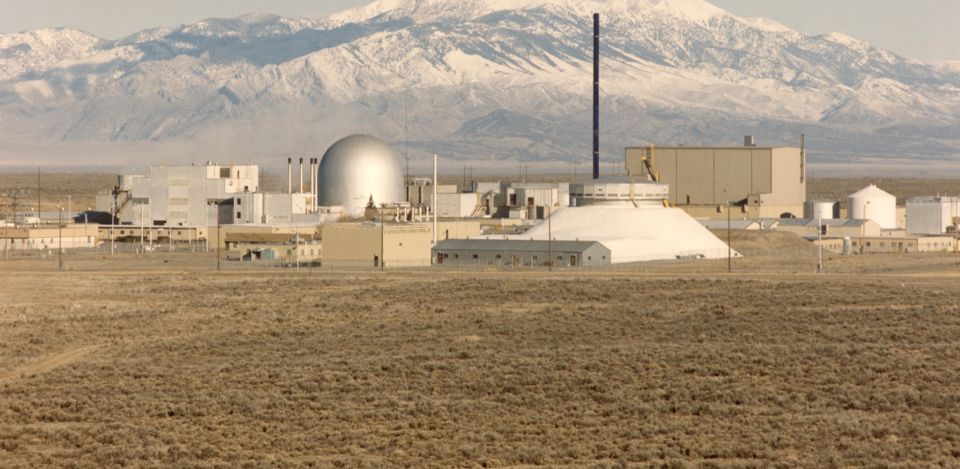A figure from the “Multistep Coulomb excitation of 64Ni” that shows the time-of-flight difference between the projectile and target recoils as a function of scattering angle measured with the CHICO2 detector. A clear separation between the Ni-64 (bottom) and Pb-208 (top) ions is observed. (Credit: Physical Review C/American Physical Society)
A study published recently in the American Physical Society journal Physical Review C reveals new findings about the strong nuclear force, the mysterious fundamental force that holds together the protons and neutrons of the atomic nucleus. Experiments conducted at Argonne National Laboratory have shown how the round, heavy nuclei of the nickel-64 isotope (containing 28 protons and 36 neutrons, making it the heaviest stable Ni isotope) changed into one of two shapes—either like a doorknob or a football—depending on the amount of energy exerted on it. A summary of the research on the Phys.org website compares the nuclei shape change to popcorn kernels changing shape when heated in a microwave.
Linac: The study, titled “Multistep Coulomb excitation of 64Ni: Shape coexistence and nature of low-spin excitations,” involved researchers from several institutions, including Argonne, the University of North Carolina–Chapel Hill, Brookhaven National Laboratory, Lawrence Livermore National Laboratory, Duke University, Michigan State University, the University of Massachusetts, the University of Maryland, and the University of Tokyo. The investigators accelerated a sample of Ni-64 nuclei toward a target of lead using the Argonne Tandem Linac Accelerator System. In the resulting atomic interactions, the lead atoms excited the Ni-64 nuclei to higher states through electromagnetic forces.
GRETINA, CHICO2: The research team next used the GRETINA gamma ray spectrometer to analyze the gamma rays that were released when the Ni-64 nuclei decayed back to their ground states. The team also used the CHICO2 charged particle detector to determine the direction of the particles involved in the atomic interactions. Together, these data indicated the shapes of the Ni-64 nuclei during their excited states.
Unusual for heavy nuclei: Based on the data analyses, researchers concluded that different levels of energy exerted on the Ni-64 nuclei during the interactions resulted in different shape changes for the nuclei. Either the nuclei became oblate (like a doorknob) or prolate (like a football). Researchers noted that this shape change is unusual for heavy, stable nuclei. They summarized their results in the study’s abstract:
The agreement between experimental data and MCSM [Monte Carlo shell model] results indicates a small oblate deformation for the 02+ level and a spherical shape for the 03+ state. In addition, the small upper limit determined for the B(E2) probability of a transition associated with the decay of the recently observed 3463-keV, 04+ state agrees with its proposed assignment to a prolate shape, herewith providing first evidence for triple shape coexistence in a stable Ni isotope.
Applications: The findings of the study will help physicists improve their models of the strong nuclear force. The study results, according to the researchers, could also eventually lead to applications in the fields of nuclear energy, medicine, and astrophysics.










